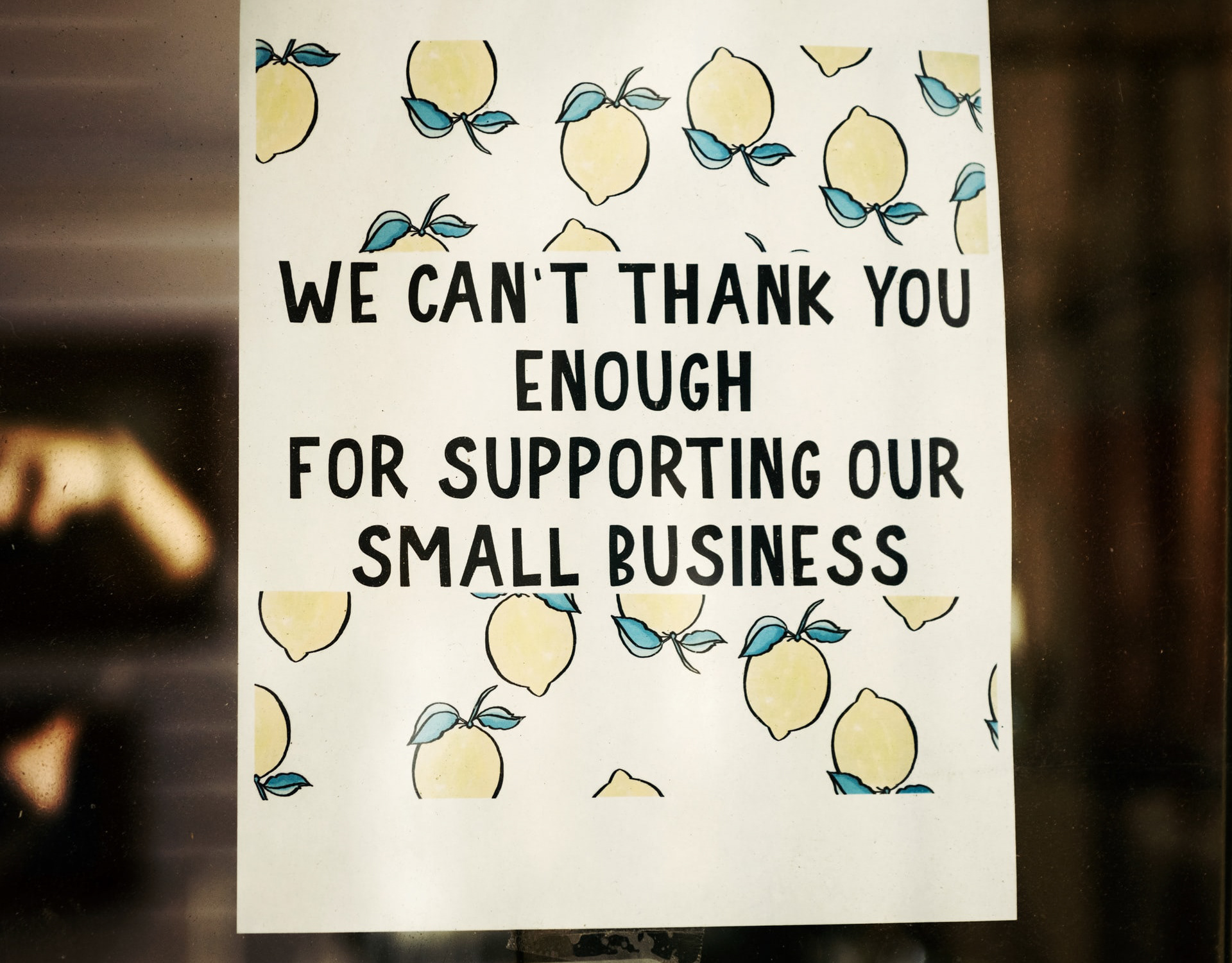I have been asked by Business Leader Magazine to contribute to a feature they are running about commercial office space potentially being turned into residential. Here's my contribution ...
Change of use is nothing new. Barn conversions and warehouse loft living are two obvious examples of buildings created for work being transformed into residential spaces. They are also deeply symbolic. They represent points of transition: from the first industrial revolution to the second; from the second to the third. As many now herald the arrival of the fourth industrial revolution – which is creating more fundamental change than even the pandemic - it is reasonable to assume it will bring forward further repurposing of commercial space. Indeed, the one consistent theme across all revolutions has been the insatiable demand for more places to live. So, this is a trend that is certain to continue.
Permitted Development Rights
It is worth remembering that Permitted Development Rights was introduced as a temporary measure in 2013, formalised in 2016 and has been subjected to much tinkering during and since. And there’s more to come. Until recent times, the focus of the changes has PDR has been within usage classes, not between them. Changes between classes – for example offices to resi has therefore been far from a free hit for developers. If it hasn’t been easy, there has also been a lack of incentive. Until the last 6 months, demand for office space has been extremely robust. Where we have seen the demand and the incentive has been from retail to office use.
The pandemic has created a crisis in commercial real estate. To date the crisis has largely created panic around surviving the short-term and a hope that, somehow, things will return to how they were before. The CRE sector is inherently conservative and there is an innate desire to perpetuate existing models (for example around valuations, expected returns and funding). There are too many vested interests for it to be otherwise. Meanwhile, the pandemic has not only accelerated the work from anywhere trend; but institutionalised it. So, the CRE industry will need to react to the trend and they will. The trigger will be as commercial leases either expire and prove not to renewable, or default and prove not to be sub-lettable. This trend is undoubtedly going to accelerate over the next three years.
ESG
A House of Common’s library research paper notes “the office to residential change of use PDR has proved controversial.” It points to a lack of quality conversions as being the source. So, it is likely that there will be on going political sensitivity and therefore intervention over this issue. However, since 2013, we’ve witnessed a dramatic shift in what constitutes “quality” in schemes. Investors, regulators and, ultimately users look at built environments through the lens of ESG which now accounts for the three central factors in measuring the sustainability and societal impact of real estate.
Sick Building Syndrome has, frankly, been something of a fringe issue. The pandemic has raised awareness of just how deadly indoor air quality can be. Meanwhile, the Climate Emergency has created a focussed attention on the carbon footprint of our buildings. This is context within which any development now takes place.
Technologies are emerging to tackle ESG priorities. For example, two UK companies are leading the way. Oairo, which helps improve air quality whilst reducing power consumption and carbon emissions. And measurable.energy which concentrates on ‘Small Power’ (device usage) and via a platform of real-time monitoring and deep data driven action to reduce energy consumption, cost and Greenhouse Gas emissions.
Some inspiration
These and other technologies will increasingly become table-stakes for schemes. However, the developments that thrive will resolve any controversy through inspiration. Here are some examples of the models that have the potential not just to change the use of a built environment including redundant office space but transform its entire purpose.
Pocket’s vision is to get middle earning Londoners, people they call “city makers”, onto the property ladder. They do this through clever, compact, and modular planning and design of internal space and a commitment to quality materials. Re-purposing offices fits their model.
Quintain Living (known formerly as Tipi) co-designs apartments with the likes of John Lewis & Partners, Hay and Samsung. They include roof terraces, landscaped gardens, cinema rooms, in building gyms, flexible work from home and social spaces, and even a 24-hour concierge - all included in the rent.
From co-working to co-living. Back in 2016, WeWork launched a concept call WeLive. Along with living accommodation, residents have access to community events like fitness classes and potluck dinners, services like cleaning and laundry, and a digital social network. Residents also had the dubious benefit of being able to furnish apartments from a catalogue of fixtures and fittings used to create WeWork offices (!). WeWork claimed at the time that it would account for 21% of its revenue ($606 million) by 2018. We all know how the WeWork story played out, but this idea, suitably re-imagined, may have found its moment.
Aparthotels, sitting between hotels and Airbnb, is another potential office to resi play. Staycity, for example, has just raised a facility that will enable it to forge ahead with plans to open another 10 aparthotels in 2021.
Student numbers are continuing to rise across the UK. Most campuses have the capacity to accommodate first year students but second and third years rely on HMOs (houses in multiple occupation), or what we used to call digs. There are opportunities for organisations such as The Unite Group Plc, a London Stock Exchange listed Real estate investment trust and a constituent of the FTSE 250 Index to convert offices into student studios. This has the ancillary benefit of returning residential stock back to the open market.
We are beginning to see schemes emerge that completely rethink the existing built environment. Think of it as holistic redevelopment, change of use on a major scale. A good example of this is The Nicholson Quarter in Maidenhead being led by Areli, a UK based urban regeneration specialist on behalf of the owner, Tikehau Capital. This takes a run-down shopping centre and creates a vibrant multi-use town centre.
Arup, the professional services firm for the built environment, has proposed a new urban design practice, they call ‘workplacemaking’. This aims to show how office buildings can adapt to make a greater contribution to the social, economic, and environmental resilience of our towns and cities.
All this points to a brighter post pandemic future where office buildings are not just created with one use in mind and then, in isolation of everything which surrounds them, converted into a different use. Perhaps we have the right to demand a revolution in the way excess office space is repurposed post Covid.










